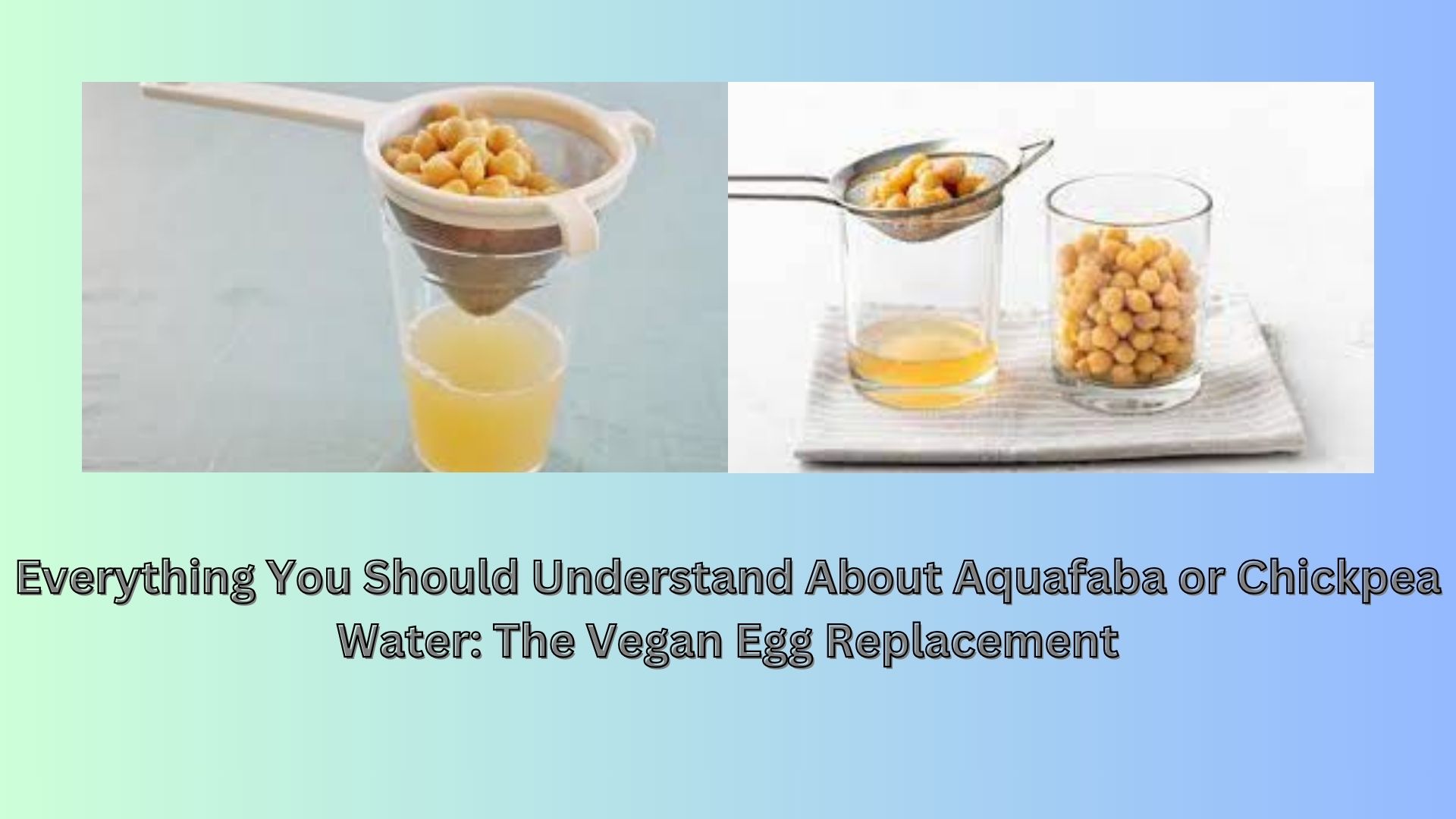
Have you ever wondered what to do with the leftover water from soaking or boiling chickpeas? Many individuals simply discard it as kitchen waste, unaware of its potential. However, what might appear as a disposable liquid is actually known as Aquafaba or Chickpea Water, emerging as a noteworthy vegan substitute for egg whites and finding applications in items such as mayonnaise or meringue.
What is Aquafaba?
Aquafaba is the liquid obtained from cooking beans, especially chickpeas, or from canned beans. Chickpeas, also known as garbanzo beans, are particularly renowned for producing a starchy liquid, making chickpea water the most common form of aquafaba. While technically aquafaba can be derived from cooking other legumes, chickpeas have proven to yield the best and most versatile liquid.
The Discovery and Uses
The revelation of aquafaba’s potential occurred relatively recently, in 2015, when Goose Wohlt, a software engineer exploring egg-free meringues, stumbled upon the magic of bean water. Initially known for its thickening, stabilizing, binding, and emulsifying properties, aquafaba’s applications are continuously expanding. It has become a go-to ingredient for replacing egg whites and whole eggs in various baked goods, from vegan buttercream to mayonnaise and extra creamy hummus.
Health Benefits of Aquafaba
Egg whites, often considered a nutritious choice, face a compelling alternative in aquafaba, especially beneficial for vegans and those with egg allergies. Derived from chickpeas, aquafaba inherits certain nutrients from its source, retaining trace amounts of crucial B vitamins, folate, iron, phosphorus, and healthy fats. This plant-based alternative not only addresses dietary restrictions but also introduces a range of nutrients, contributing to a healthier and more inclusive culinary experience.
How to Make Aquafaba
Creating aquafaba at home is a simple undertaking. Soak chickpeas for 4-7 hours and then strain the liquid to produce your aquafaba. The water used for both soaking and boiling chickpeas encompasses comparable nutritional value. This process ensures a versatile ingredient for culinary pursuits and promotes sustainability by repurposing the often-discarded chickpea liquid, showcasing how simple steps can contribute to a more resourceful and mindful kitchen practice.
Taste and Consistency
Initially, chickpea water may carry a bean-like smell when opened. However, when incorporated into recipes, this scent mellows down, leaving a more neutral taste. Adjusting the texture is possible; if the liquid appears too watery, it can be reduced to a thicker consistency on the stovetop.
Identifying Crucial Indicators of Iron Deficiency for Improved Well-being
Substitute Eggs with Aquafaba
Switching eggs with aquafaba is straightforward. For instance, three tablespoons of chickpea water serve as a replacement for one large egg, while two tablespoons are sufficient for an egg white. Whipped aquafaba stored in the refrigerator maintains its quality for about a day. Meanwhile, the pure cooking water of legumes remains viable when refrigerated for approximately a week. For those looking to stock up, freezing aquafaba is a viable option, allowing it to be stored for up to six months.

One thought on “Everything You Should Understand About Aquafaba or Chickpea Water: The Vegan Egg Replacement”